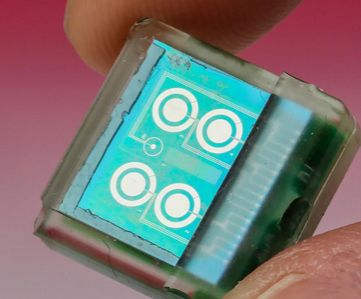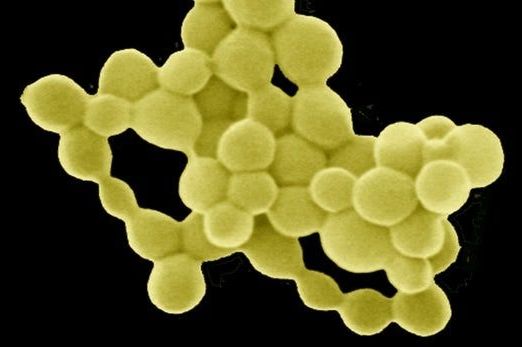Airbus’ self-piloted taxi flies for the first time.
Researcher Dr. Dena Dubal, from the University of California San Francisco, is considering a new approach to combat neurodegenerative diseases, such as Alzheimer’s disease and dementia, using a protein known as klotho.
Aging is the foundation of age-related diseases
Instead of trying to understand each of these diseases and the complex mechanisms unique to both, she considered what all these conditions have in common; the answer, of course, is aging.
Viewing party of one of the most highly-anticipated science fiction stories onto the screen. Richard Morgan’s Altered Carbon on Netflix. Introduction speech by Dr. Aubrey de Grey, famous proponent of innovative biotechnologies.
Watch the premiere alongside other fans and talk about what you would do if you could live another 100 years.
https://www.netflix.com/title/80097140
SAN JUAN, P.R. — They call what they are building Puertopia. But then someone told them, apparently in all seriousness, that it translates to “eternal boy playground” in Latin. So they are changing the name: They will call it Sol.
Dozens of entrepreneurs, made newly wealthy by blockchain and cryptocurrencies, are heading en masse to Puerto Rico this winter. They are selling their homes and cars in California and establishing residency on the Caribbean island in hopes of avoiding what they see as onerous state and federal taxes on their growing fortunes, some of which now reach into the billions of dollars.
And these men — because they are almost exclusively men — have a plan for what to do with the wealth: They want to build a crypto utopia, a new city where the money is virtual and the contracts are all public, to show the rest of the world what a crypto future could look like. Blockchain, a digital ledger that forms the basis of virtual currencies, has the potential to reinvent society — and the Puertopians want to prove it.
A tiny (one-centimeter-square) biosensor chip developed at EPFL is designed to be implanted under your skin to continuously monitor concentrations of pH, temperature, and metabolism-related molecules like glucose, lactate and cholesterol, as well as some drugs.
The chip would replace blood work, which may take hours — or even days — for analysis and is a limited snapshot of conditions at the moment the blood is drawn.
If the goose that laid the golden egg had a real-life counterpart, it would be C. metallidurans. This hardy little bacterium consumes toxic metals and excretes tiny gold nuggets, but how and why it does so has never been fully understood. Now, German and Australian researchers have peered inside the microorganism and figured out that mechanism.
C. metallidurans has carved out a nice little niche for itself, usually living in soils full of heavy metals, which are toxic to most other microorganisms. But this bacteria has evolved a defense mechanism to help it not only survive but thrive under those conditions, and its ability to turn toxic compounds into gold is well known enough to once earn it a place in an alchemy art installation.
“Apart from the toxic heavy metals, living conditions in these soils are not bad,” says Dietrich H. Nies, an author on the new study. “There is enough hydrogen to conserve energy and nearly no competition. If an organism chooses to survive here, it has to find a way to protect itself from these toxic substances.”
A faster way to fusion
Posted in engineering, nuclear energy
The benefits of fusion power are globally recognised. But the process of creating and commercialising fusion energy is a considerable scientific and engineering challenge.
This challenge is the sole focus of our work at Tokamak Energy. We believe we have a unique solution that will enable fusion to be implemented efficiently and quickly.
We are pioneering the compact spherical tokamak route to fusion power – exploring and developing our own compact spherical tokamaks (the device in which controlled fusion can take place) that will use high temperature superconductors to create strong magnetic fields to contain the hot plasma.







